A self-serve car wash is a facility where customers wash their own vehicles using equipment provided, such as high-pressure water sprayers, foam brushes, and soap dispensers. These stations operate on a pay-per-use basis, typically using coins, tokens, or cards.
Users control the entire cleaning process, choosing from options like pre-soak, wash, rinse, and wax. Self wash car washes are cost-effective, flexible, and ideal for drivers who prefer hands-on vehicle care.
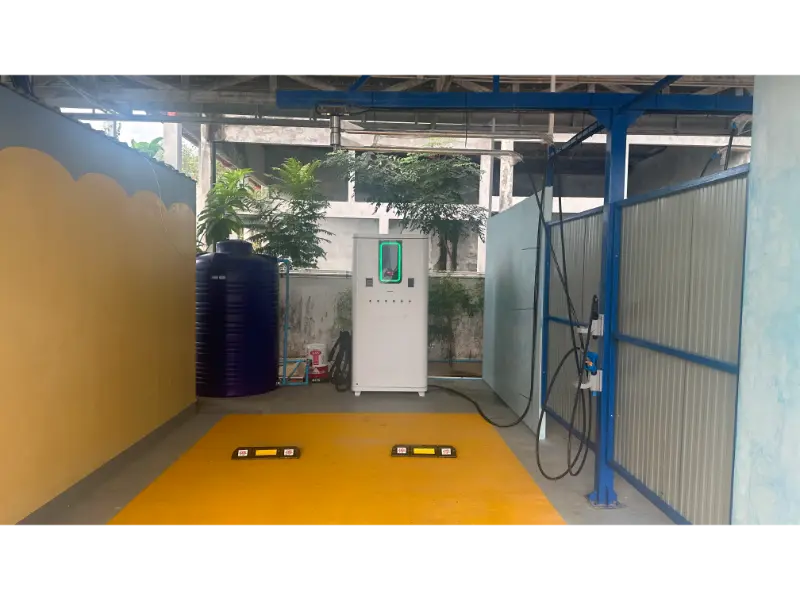
Self-serve car washes work by allowing customers to manually clean their vehicles using coin- or card-operated equipment. Here’s how they work:
Payment: Customers insert coins, tokens, or use a card to activate the washing system.
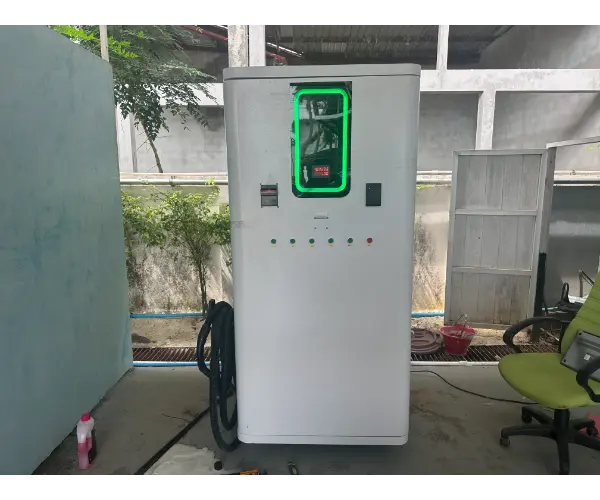
1. Park your vehicle in an empty bay and make sure it is centered in the wash area.
2. Insert coins, tokens, or use a credit/debit card to activate the system. Most self-service car washes operate on a timed basis, so keep track of the remaining time.
3. Select the desired wash option from the control panel. Common settings include pre-soak, soap, foam brush, rinse, wax, and spot-free rinse.
4. Start with the pre-soak to loosen dirt and debris. Then switch to soap and use the high-pressure wand or foam brush to clean your vehicle. If needed, gently scrub stubborn areas with the foam brush. After that, rinse the entire vehicle thoroughly.
5. If available, apply wax to protect the paint. Finish with a spot-free rinse to minimize water spots and leave a clean finish.
6. Manage your time efficiently. Add more payment if needed to complete all wash steps without interruption.
The cost of using a self-service car wash typically ranges from $2 to $6 for a basic 3–5 minute wash cycle. If you need more time or want to use additional features like wax or spot-free rinse, you may need to insert more coins or extend the session, which can bring the total cost to $7–$10.
Prices vary depending on location, available features, and the quality of the equipment. Urban areas and premium facilities may charge slightly more, while rural or older locations may be cheaper.
Overall, self wash car washes remain a cost-effective option for drivers who want more control and flexibility during the car cleaning process.

Building a self-service car wash typically costs between $150,000 and $500,000, depending on factors such as location, size, equipment quality, and site preparation.
Key cost components include:
Higher-end systems with advanced features like automated payment, water reclamation, and eco-friendly technology can push costs toward the upper range.
Planning and budgeting carefully can help ensure a profitable and efficient self-service car wash business.
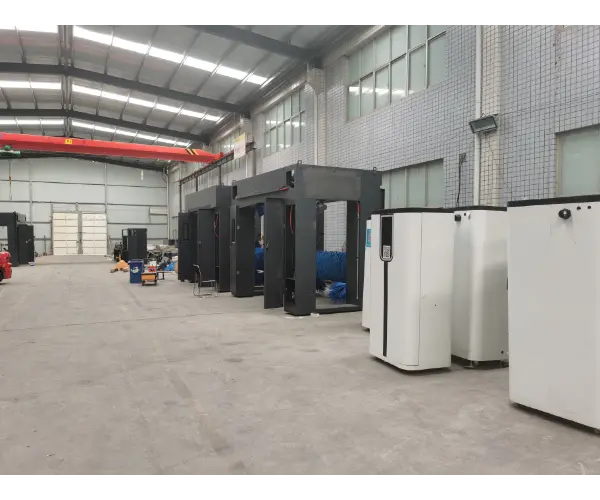
Profit-Boosting Upgrade:
Maximize efficiency with Shinewash Q-series tunnel car wash systems processing 200+ vehicles/day. Equipped with VFD energy-saving tech and hot-dip galvanized frames, they reduce operational costs by 40% vs. manual bays.
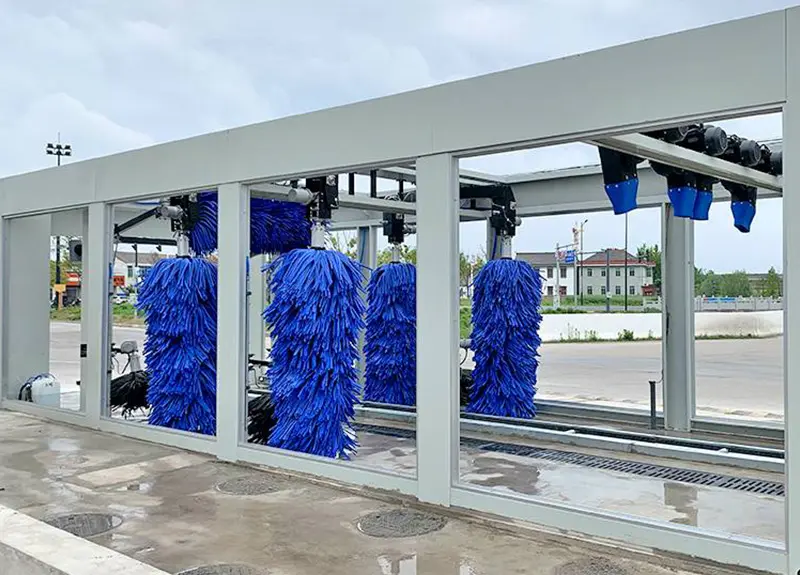
A self-service car wash can generate annual revenue ranging from $50,000 to $150,000 or more, depending on factors like location, number of wash bays, pricing, and customer traffic.
High-traffic urban locations with multiple bays and extended hours typically earn more, while smaller or rural facilities may see lower revenue.
Profitability also depends on operating costs such as water, electricity, maintenance, and rent. Well-managed self wash car washes often achieve profit margins between 20% and 40%.
With good marketing and regular maintenance, a self-service car wash can be a stable, long-term business.
Hybrid Revenue Model:
Integrate automated tunnel car washes for 24/7 unmanned operation +300% daily capacity. Leverage zero-labor payment systems to serve both budget and premium customers seamlessly.
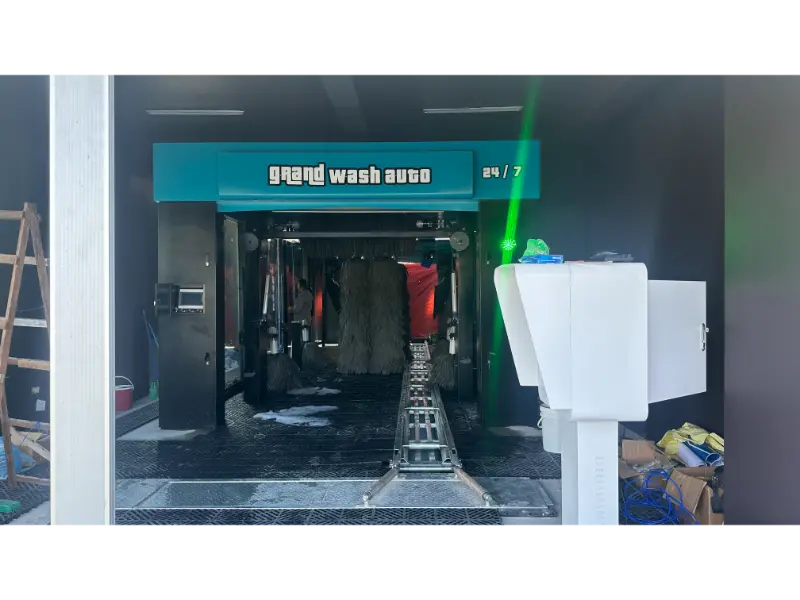
Yes, self-serve car washes can be profitable. Their low labor costs and simple operations help keep expenses down. With steady customer traffic and effective maintenance, profit margins typically range from 20% to 40%.
Key factors that influence profitability include:
When well-managed, self wash car washes offer a cost-effective business model with consistent returns.
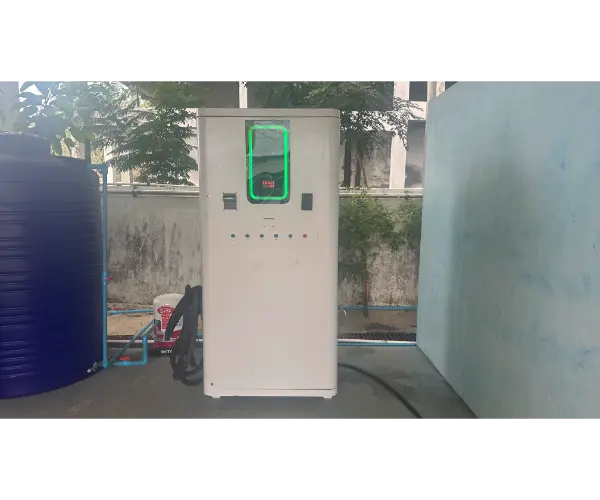
No, self serve car washes are generally not bad for your car when used properly. Since you control the washing process, you can avoid aggressive scrubbing or harsh brushes that might damage paint.
However, there are a few precautions:

Compared to automatic brush car washes, self wash options can be safer for your car’s paint if you take care during washing.
Self serve car washes can scratch paint, but it depends on how you use the equipment. The main risk comes from:
To minimize the risk, always rinse your vehicle well first, use the foam brush gently, and avoid brushes that look damaged or dirty. When used carefully, self service car washes are usually safe for your car’s paint.
Paint-Safe Automation:
Shinewash machines eliminate scratches with:

Many self serve car washes operate 24/7 to offer customers maximum convenience. Since these facilities require minimal staff—often none on-site—they can remain open around the clock.
However, not all locations are 24/7; some may have limited hours due to local regulations, security concerns, or maintenance schedules.
If you want to use a self wash car wash anytime, look for ones advertised as open 24 hours or check the facility’s posted hours before visiting.
Yes, many modern self service car washes use water recycling systems to reduce water consumption and lower operating costs. These systems capture, filter, and reuse rinse water multiple times during the wash process.
Water recycling helps:
However, not all self serve car washes have recycling; it depends on the equipment installed and local regulations. Choosing a facility with water recycling is both eco-friendly and cost-efficient.
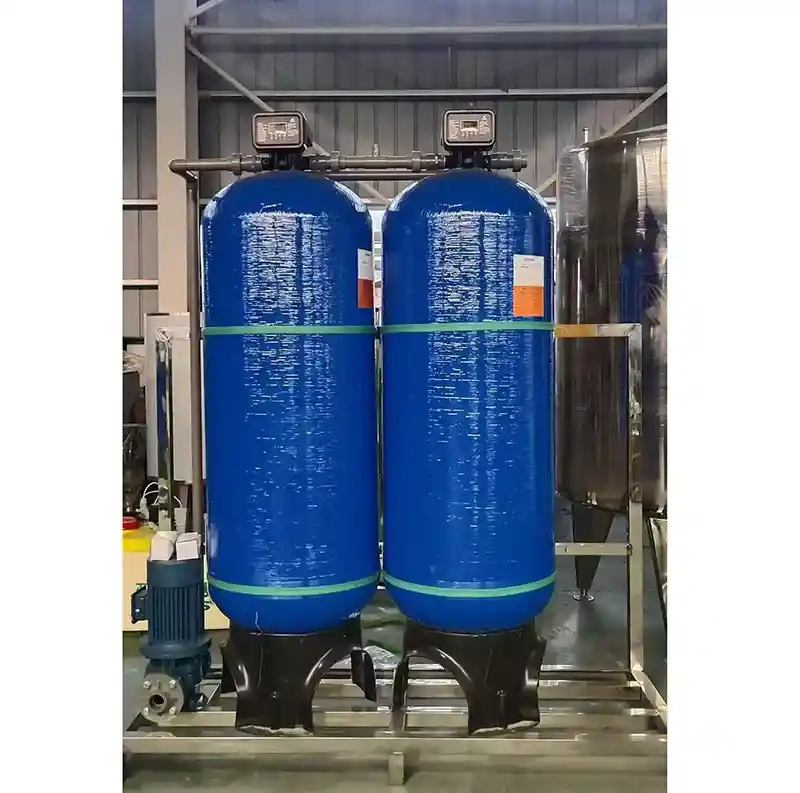
Eco-Efficient Solution:
Advanced triple-filtration consumes 150-200L/vehicle. Features include:
After washing your car at a self wash car wash, follow these steps to dry it properly:
1. Use a microfiber drying towelor chamois cloth to gently wipe off excess water. These materials absorb water well and reduce the risk of scratches.
2. Dry in sections, starting from the top and moving downward to avoid water spots.
3. Pay attention to crevices and seamswhere water tends to collect.
4. If available, use the car wash’s air blower or drying systemto remove water from hard-to-reach areas.
5. Avoid air dryingby itself, as it can leave water spots caused by minerals in the water.
Proper drying protects your car’s paint and finish, keeping it looking clean and shiny longer.